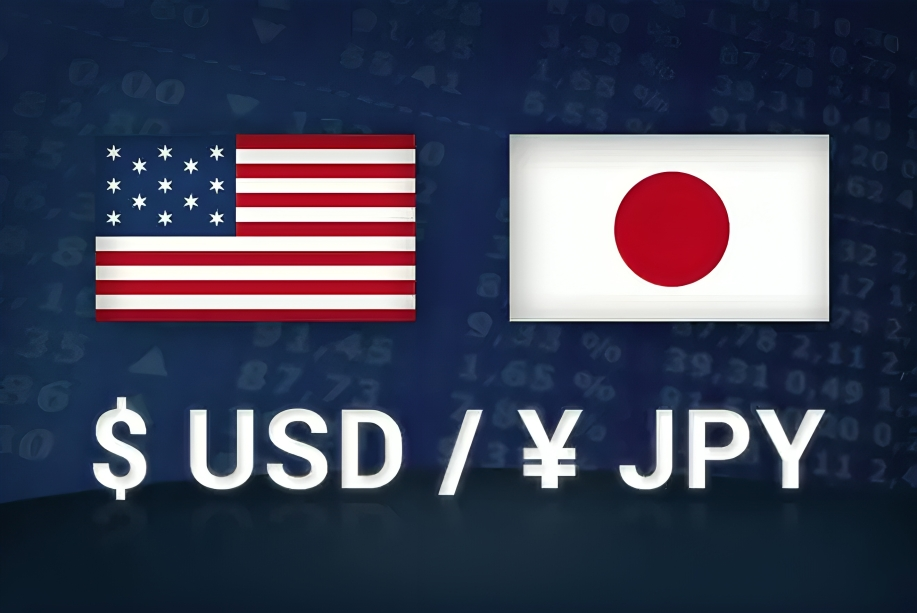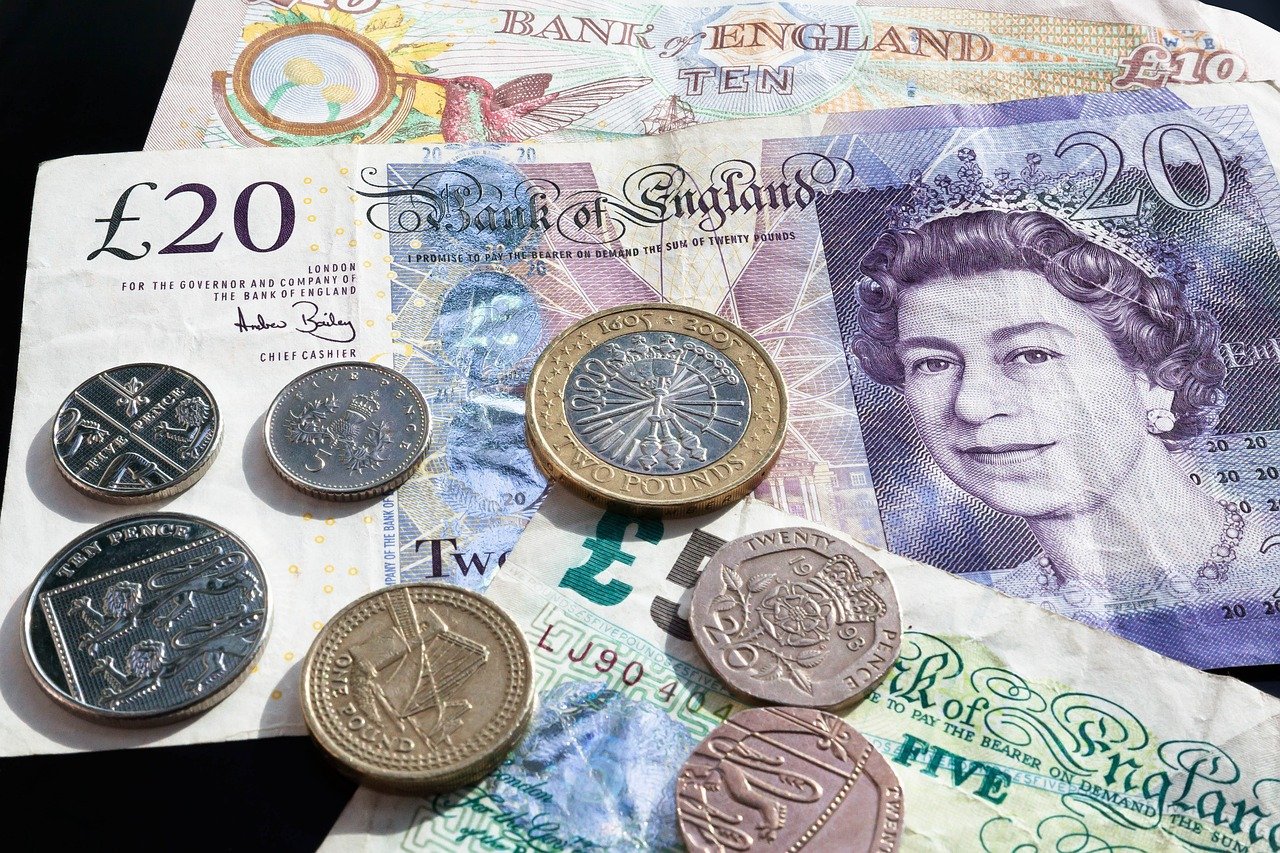EURUSD Bearish Outlook Amid Trump Trades and ECB Concerns
EUR/USD remains under pressure, trading near 1.0740 during the Asian session on Thursday. This marks a continued downward trend for the pair, which depreciated by approximately 2% in the previous trading session. The negative bias is driven largely by the strengthening US Dollar, which is gaining momentum from the potential political developments in the United States, particularly the outcome of the midterm elections that may benefit former President Donald Trump’s Republican Party.
Trump Trades Supporting US Dollar
Republicans Gain Control of Congress
The US Dollar (USD) is currently receiving substantial support from what has been dubbed “Trump trades.” With Republicans poised to take control of both chambers of the US Congress, the party is expected to push through an expansive legislative agenda. This development comes as the Republicans stand to gain significant authority for the first time in eight years, a shift that is likely to fuel market expectations of pro-growth policies, which in turn benefit the USD.
Key proposals expected from the Republican-controlled Congress include:
- Tax Cuts: Extending the tax cuts passed under Donald Trump’s 2017 administration.
- Border Security: Allocating further funding for the US-Mexico border wall, a signature issue of Trump’s presidency.
- Spending Cuts: A focus on reducing unspent funds and cutting back on government expenditures, including dismantling agencies such as the Department of Education.
- Deregulation: Efforts to roll back regulations, particularly in the energy sector, with a focus on reducing federal oversight.
The potential implementation of these policies could lead to a boost in the US economy, strengthening the USD. A stronger US economy typically leads to higher demand for the dollar, as investors seek assets denominated in USD.
Market Reaction to Republican Victory
The prospect of Republicans taking control has pushed US Treasury yields to their highest levels since July 2023, reaching 4.31% and 4.47%, respectively. Higher yields often make the USD more attractive to investors, reinforcing its bullish outlook. At the same time, the US Dollar Index (DXY), which tracks the USD against six major currencies, retreated slightly from its recent four-month high of 105.44, trading around 104.90. Despite this minor pullback, the dollar remains resilient amid the favorable political backdrop.
EUR/USD Daily Price Chart

Source: TradingView, prepared by Richard Miles
Anticipated Fed Rate Cuts: A Modest USD Weakness
Fed’s Upcoming Rate Decision
While the US Dollar is benefiting from the political landscape, traders are also eyeing the upcoming monetary policy decision from the US Federal Reserve (Fed). Markets widely expect the Fed to lower its benchmark interest rate by 25 basis points at its November meeting, with the CME FedWatch Tool indicating a 98.1% probability of such a move. This marks a slight dovish tilt in US monetary policy.
Despite the expected rate cut, the overall outlook for the USD remains positive, as market participants anticipate that the rate cut will be modest and will not significantly alter the overall path of US monetary tightening. The Fed has already raised rates significantly earlier in 2023 to combat inflation, and while a rate cut is on the table, it is unlikely to derail the broader hawkish stance. Additionally, the anticipated rate reduction may not be sufficient to offset the gains driven by the political developments and higher US Treasury yields.

Eurozone Economic Growth Concerns
Impact of Trump’s Tariffs on Europe
In contrast to the US’s expected fiscal stimulus, the Eurozone faces a more uncertain economic outlook. One of the primary concerns for the Eurozone economy is the potential impact of the Republican administration’s stance on trade. Trump’s tariffs, if reinstated or expanded, could place additional pressure on the European economy, particularly as the region is already grappling with slow growth and high inflation.
If these trade tensions escalate and Europe’s economic growth falters, the European Central Bank (ECB) may be forced to take more aggressive monetary actions. In particular, analysts predict that the ECB could reduce interest rates further, potentially driving the Deposit Facility Rate down to near zero by 2025. Such a move would aim to stimulate demand within the Eurozone by making borrowing cheaper, but it could also weigh on the euro.
ECB’s Response to Economic Headwinds
Markets are also bracing for potential ECB action in the coming months. The ECB is expected to lower the Deposit Facility Rate by 25 basis points in December 2023, as Europe struggles with sluggish growth and persistent inflationary pressures. If Trump’s tariffs continue to affect the global trade environment, the ECB may find itself with few options but to ease policy further in a bid to support the ailing European economy.
The prospect of further rate cuts and potentially an even more accommodative ECB stance has weighed on the euro, contributing to its ongoing depreciation against the US Dollar. Investors are increasingly concerned that Europe’s economy will face prolonged stagnation, exacerbated by global trade disruptions.
Economic Data and Market Events to Watch
European Economic Data
On Thursday, the Eurozone will release Pan-EU Retail Sales figures, which could provide some insights into consumer sentiment and spending trends across the bloc. This data will be crucial in gauging the overall health of the European economy and may impact the EUR/USD exchange rate if it deviates significantly from expectations.
Additionally, the EU Leaders’ Summit is scheduled to conclude on Friday, though there are no immediate major policy announcements expected. However, any discussions related to economic recovery or fiscal policy could influence market sentiment.
ECB President Lagarde’s Remarks
On Saturday, ECB President Christine Lagarde is set to make a follow-up appearance, likely addressing the central bank’s strategy in the face of economic challenges. Any comments regarding future policy actions could influence the EUR/USD pair, especially if there is further guidance on possible rate cuts or other measures to support economic growth in the Eurozone.
EUR/USD Faces Continued Downside Risk
In summary, the EUR/USD pair is likely to remain under pressure, with several factors contributing to a bearish outlook for the euro. The US Dollar is supported by the potential for expansive fiscal policies under a Republican-controlled Congress, coupled with rising US Treasury yields and the anticipation of a modest Fed rate cut. At the same time, the Eurozone faces economic headwinds, with concerns over the impact of Trump’s tariffs and the possibility of further ECB rate cuts.
Unless there is a significant shift in the geopolitical or economic landscape, the downside risk for EUR/USD seems considerable, and further depreciation of the euro against the US Dollar is possible in the near term.








